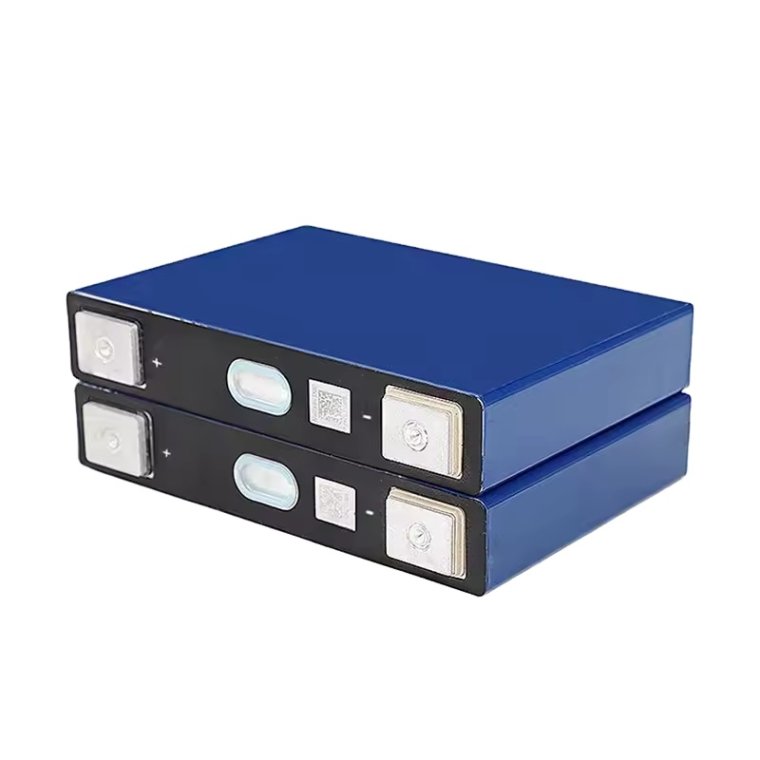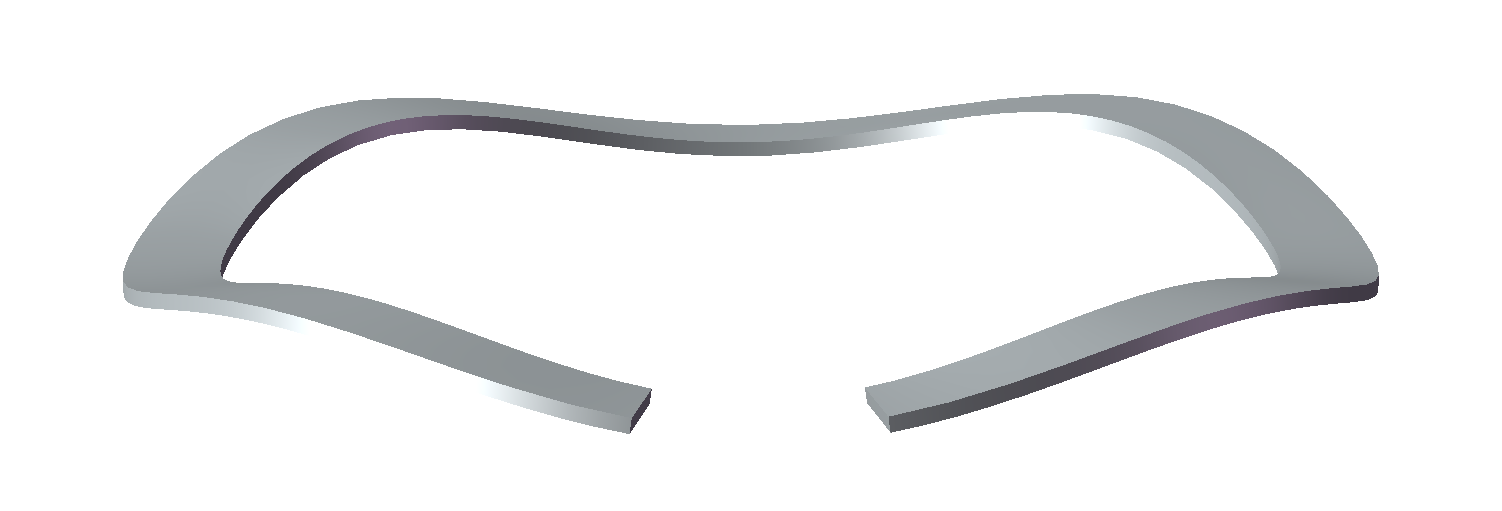PVC (Polyvinyl Chloride) ceiling boards have gained popularity in the construction industry due to their affordability, durability, and ease of installation. However, it is essential to understand the potential disadvantages associated with these materials before making a decision. In this blog post, we will delve into the drawbacks of PVC ceiling boards, providing valuable insights for homeowners, contractors, and industry professionals.
- Limited Fire Resistance:
One significant disadvantage of PVC ceiling boards is their limited fire resistance. PVC is a thermoplastic material that can release toxic gases when exposed to high temperatures, making it a potential fire hazard. This drawback should be carefully considered, especially in buildings where fire safety is a top priority. - Environmental Concerns:
PVC is derived from fossil fuels, and its production involves the release of harmful chemicals, including dioxins and phthalates. These substances have been linked to various health and environmental issues. Additionally, PVC is not biodegradable, leading to long-term environmental concerns. As sustainability becomes increasingly important, the ecological impact of PVC ceiling boards should be taken into account. - Vulnerability to Temperature Changes:
PVC ceiling boards are susceptible to expansion and contraction due to temperature variations. This can result in warping, buckling, or even detachment from the ceiling surface. In regions with extreme climate conditions, such as high humidity or significant temperature fluctuations, PVC ceiling boards may not be the most suitable choice. - Limited Aesthetic Options:
Compared to other ceiling materials, PVC boards offer a relatively limited range of design options. While they can mimic the appearance of wood, marble, or other materials, the visual appeal may not match the authenticity of the real thing. This drawback should be considered for those seeking a more sophisticated or unique aesthetic for their ceilings. - Susceptibility to Damage:
PVC ceiling boards are prone to scratches, dents, and discoloration over time. High-traffic areas or accidental impacts can easily mar the surface, diminishing the overall appearance. Additionally, exposure to UV radiation can cause fading or yellowing of the material. Regular maintenance and care are necessary to ensure the longevity and visual appeal of PVC ceiling boards.
Conclusion:
While PVC ceiling boards offer several advantages, it is crucial to be aware of their drawbacks. Limited fire resistance, environmental concerns, vulnerability to temperature changes, limited aesthetic options, and susceptibility to damage are all factors that should be considered before opting for PVC as a ceiling material. By understanding these disadvantages, individuals can make informed decisions and explore alternative options that better suit their specific needs and preferences.




